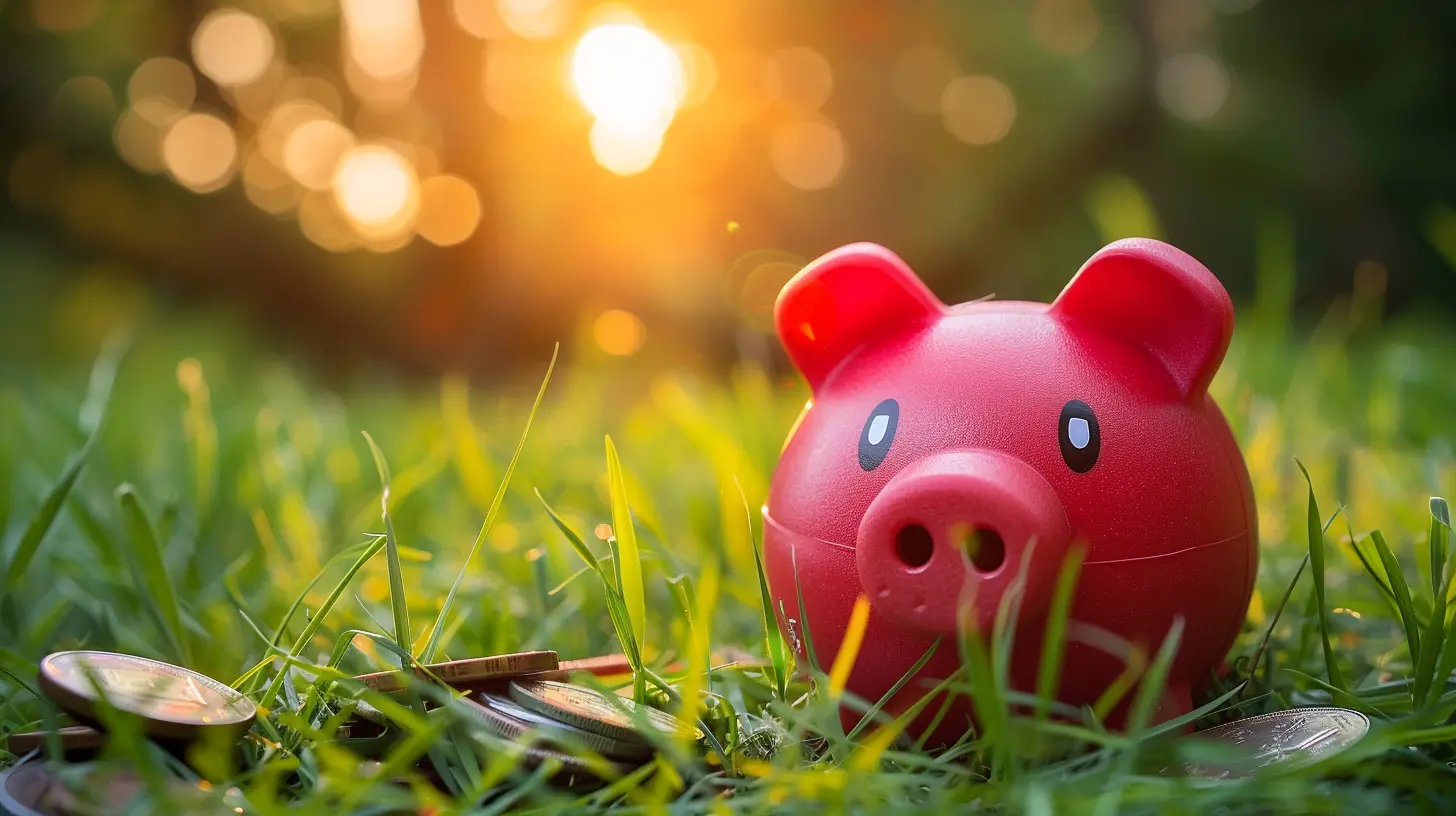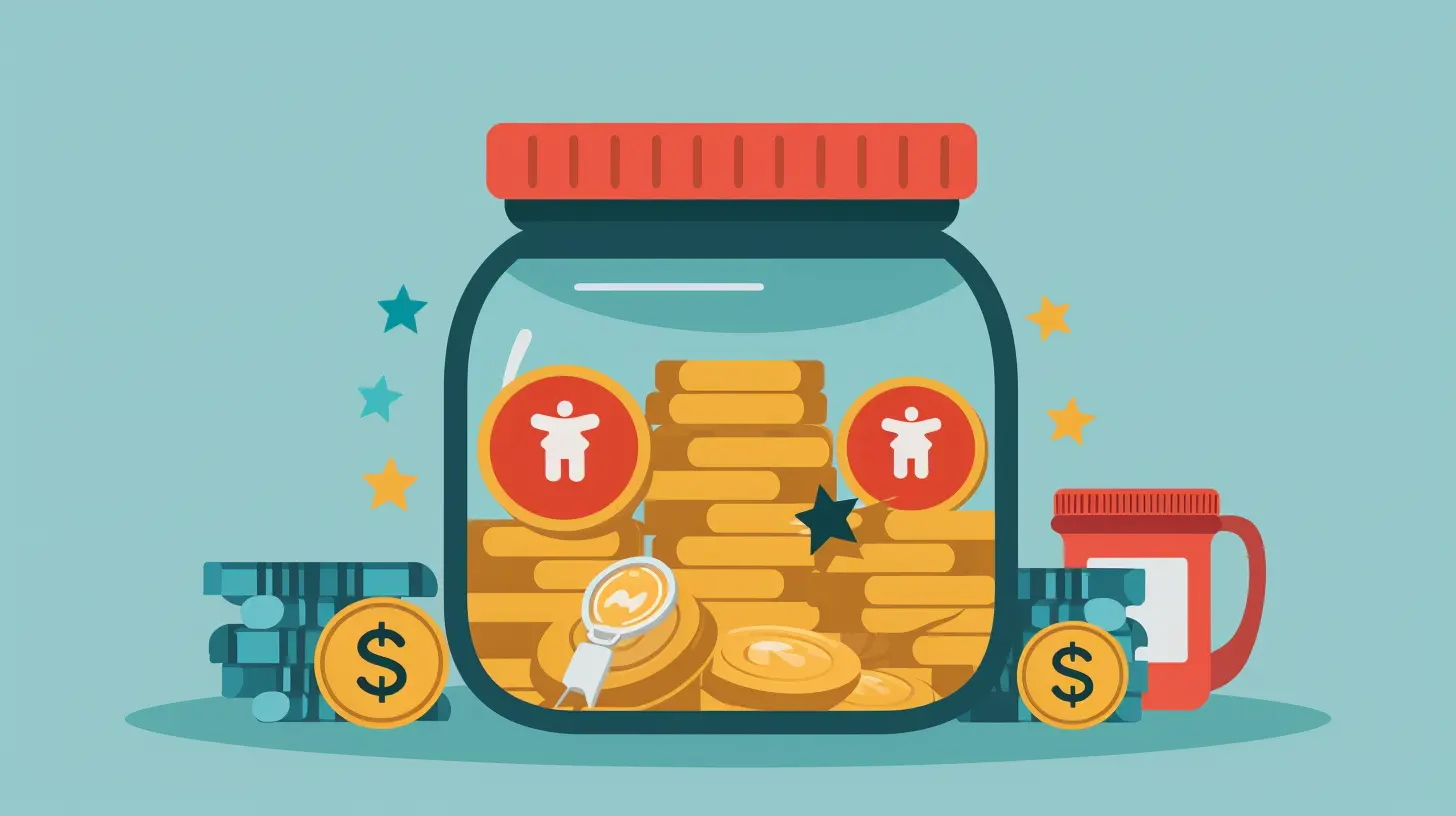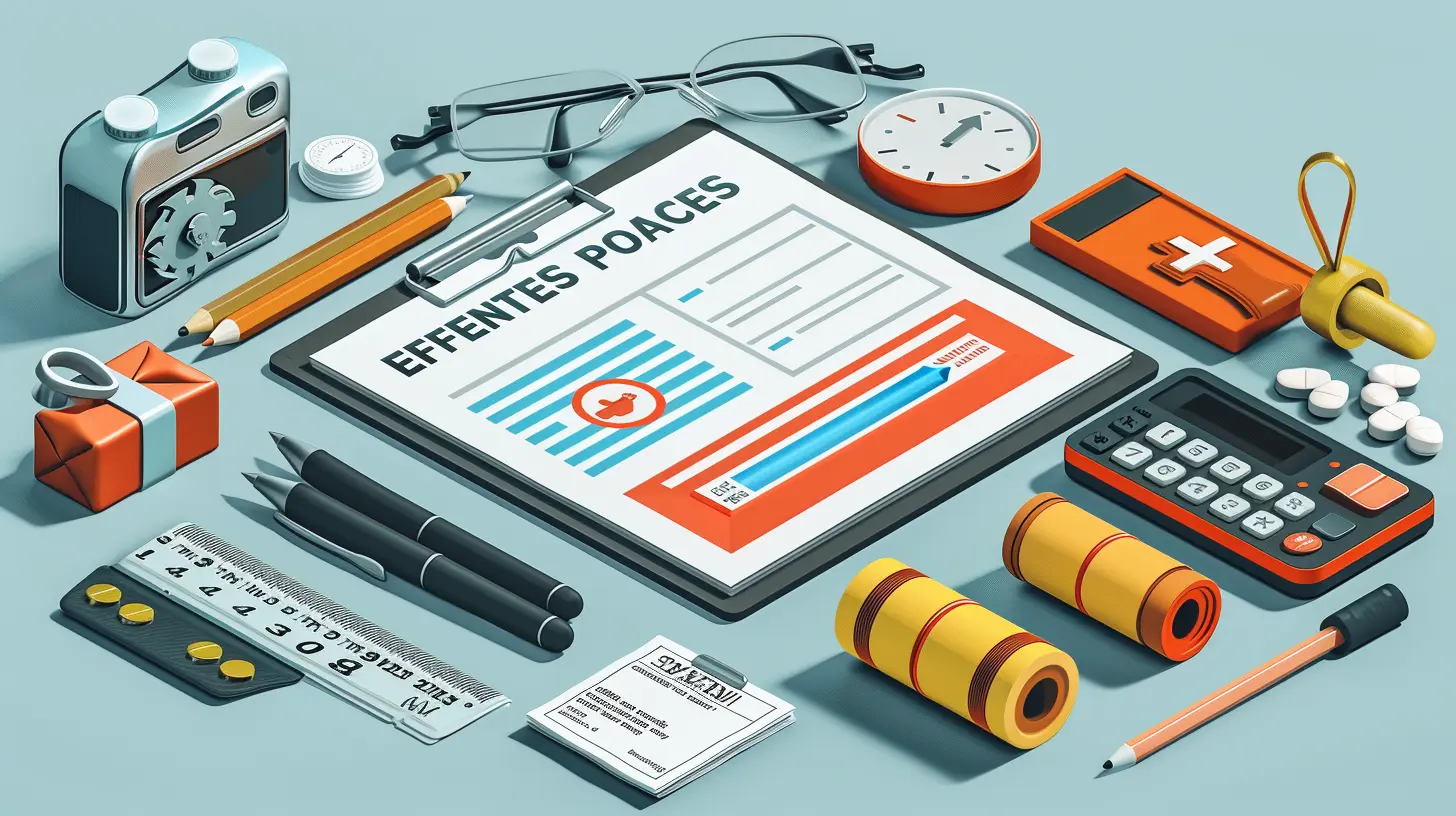Step-by-Step Plan to Create an Emergency Fund from Scratch
19 June 2025
Life has a funny way of throwing unexpected expenses our way—car repairs, medical emergencies, or even sudden job loss. Without a financial cushion, these situations can quickly spiral into debt and stress. That’s where an emergency fund comes in.
But what if you’re starting from zero? Don’t worry—I’ve got you covered. In this guide, I’ll walk you through a step-by-step plan to build an emergency fund from scratch, no matter your income or financial situation.

Why You Need an Emergency Fund
Before we dive into the how, let’s talk about the why.An emergency fund is a financial safety net designed to cover unexpected expenses. Unlike savings for a vacation or a new car, this money is strictly for emergencies.
Benefits of an Emergency Fund
- Reduces financial stress – Knowing you have money set aside for emergencies gives you peace of mind.- Prevents debt – Without a fund, you might rely on credit cards or loans, which can spiral into long-term debt.
- Protects your financial goals – Instead of dipping into savings meant for a home or retirement, your emergency fund absorbs the shock of unforeseen expenses.
Now that you understand its importance, let’s build that fund step by step. 
Step 1: Determine Your Ideal Emergency Fund Goal
The first step is figuring out how much you actually need. A good rule of thumb is to save three to six months’ worth of living expenses.But if that feels overwhelming, start small. Even setting aside $500 to $1,000 can make a huge difference.
How to Calculate Your Emergency Fund
1. List Your Essential Monthly Expenses – Include rent/mortgage, utilities, food, transportation, insurance, and minimum debt payments.2. Decide on Your Goal – If you want three months’ worth, multiply your total expenses by three. Need six months? Multiply by six.
3. Break It Down – If you need $6,000, try saving $500 per month for a year or $250 per month for two years.
The key here is to set a realistic goal that works for you. 
Step 2: Assess Your Current Financial Situation
Before you start saving, take a hard look at your finances.- Do you have any extra income you’re not allocating wisely?
- Are there areas where you're overspending?
- Do you have high-interest debt that should be tackled first?
If you have credit card debt with high interest, consider paying that down first while building a small emergency fund in parallel. You don’t want to save aggressively while drowning in interest payments. 
Step 3: Open a Dedicated Emergency Fund Account
One of the worst things you can do is keep your emergency fund in your regular checking account. It’s too tempting to dip into it for non-emergencies.Where to Keep Your Emergency Fund
- High-yield savings account – Earns interest while keeping your money safe.- Money market account – A mix between checking and savings, with better interest.
- Separate savings account at a different bank – Makes it harder to access impulsively.
The goal is to keep this money accessible but not too easy to tap into for everyday expenses.
Step 4: Start Small and Automate Your Savings
If you’re waiting for a big windfall to start saving, you might never start. The best approach? Start small and be consistent.Strategies to Kickstart Your Fund
- Automate Transfers – Set up an automatic transfer to your emergency fund every payday. Even $20 per week adds up over time.- Use Windfalls Wisely – Got a bonus, tax refund, or gift? Put a portion of it into your emergency fund.
- Round-Up Programs – Some banks and apps round up your purchases and save the change.
It’s all about making saving effortless. Before you know it, you’ll have a solid cushion.
Step 5: Cut Expenses and Find Extra Money
If you’re struggling to save, it’s time to trim the fat in your budget.Quick Wins to Free Up Cash
- Cancel unused subscriptions – Streaming services, gym memberships, and apps you don’t use can drain your finances.- Cook at home – Eating out often sneaks up on your budget. Try meal prepping to save hundreds per month.
- Negotiate bills – Call your service providers and ask for better rates on internet, insurance, and cell phone plans.
- Use cashback and discount apps – Apps like Rakuten or Honey can save you money on everyday spending.
Every dollar you free up can go directly into your emergency fund.
Step 6: Boost Your Income
Expense-cutting can only go so far. Increasing your income can supercharge your savings.Ways to Earn Extra Cash
- Freelance or side hustle – Whether it’s writing, tutoring, or graphic design, there’s always a way to make extra money.- Sell unused items – Have old clothes, gadgets, or furniture? Sell them on eBay, Facebook Marketplace, or Poshmark.
- Take on overtime or a part-time job – If your main job allows, extra hours can fast-track your fund.
Even an extra $100 to $200 per month makes a huge impact over time.
Step 7: Stick to the Plan and Stay Motivated
Building an emergency fund isn’t always exciting—but it’s absolutely necessary. Staying motivated will help you stay the course.Ways to Stay on Track
- Visual progress trackers – Use a chart to see how your savings grow month by month.- Reward milestones – Treat yourself when you hit certain savings goals (without derailing your progress).
- Remind yourself of the “why” – Remember, this fund is your safety net against life’s curveballs.
Once you reach your goal, you can decide whether to keep adding to it or shift your focus to other financial goals.
Step 8: Use Your Emergency Fund Wisely
Having an emergency fund is one thing—using it wisely is another.When to Use Your Emergency Fund
- Medical emergencies- Unexpected car or home repairs
- Job loss or sudden income drop
When NOT to Use It
- Vacations- New gadgets or luxury items
- Impulse purchases
It’s tempting to dip into your fund for non-essentials, but remember—it’s meant for emergencies only.
Step 9: Replenish Your Fund After Use
If you ever need to use your emergency fund, don’t forget to rebuild it as soon as possible. Treat it like an expense and allocate a portion of your income to restore it.If you used $1,500 for a car repair, aim to replace it over the next few months.
Conclusion
Creating an emergency fund from scratch might seem challenging at first, but by starting small, automating savings, cutting expenses, and boosting your income, you’ll get there step by step.The most important thing? Just start. Even if you can only save $10 a week, it’s better than nothing. Over time, those small efforts will add up to a financial safety net that gives you peace of mind and financial stability.
Start today—your future self will thank you.
all images in this post were generated using AI tools
Category:
Emergency FundAuthor:

Audrey Bellamy
Discussion
rate this article
2 comments
Zia McLain
This article provides an excellent roadmap for building an emergency fund from scratch. The step-by-step approach is clear and actionable, making it easy for anyone to follow. Prioritizing savings and setting specific goals are crucial for financial stability. A must-read for those looking to enhance their financial security!
November 5, 2025 at 4:03 AM
Ivan Wolf
Building an emergency fund is non-negotiable for financial stability. This step-by-step plan provides a clear roadmap to safeguard your future. Start today—your financial security depends on it. Every small contribution adds up to big peace of mind!
June 23, 2025 at 4:07 AM

Audrey Bellamy
Thank you for highlighting the importance of an emergency fund! Every step truly makes a difference in achieving financial security.


